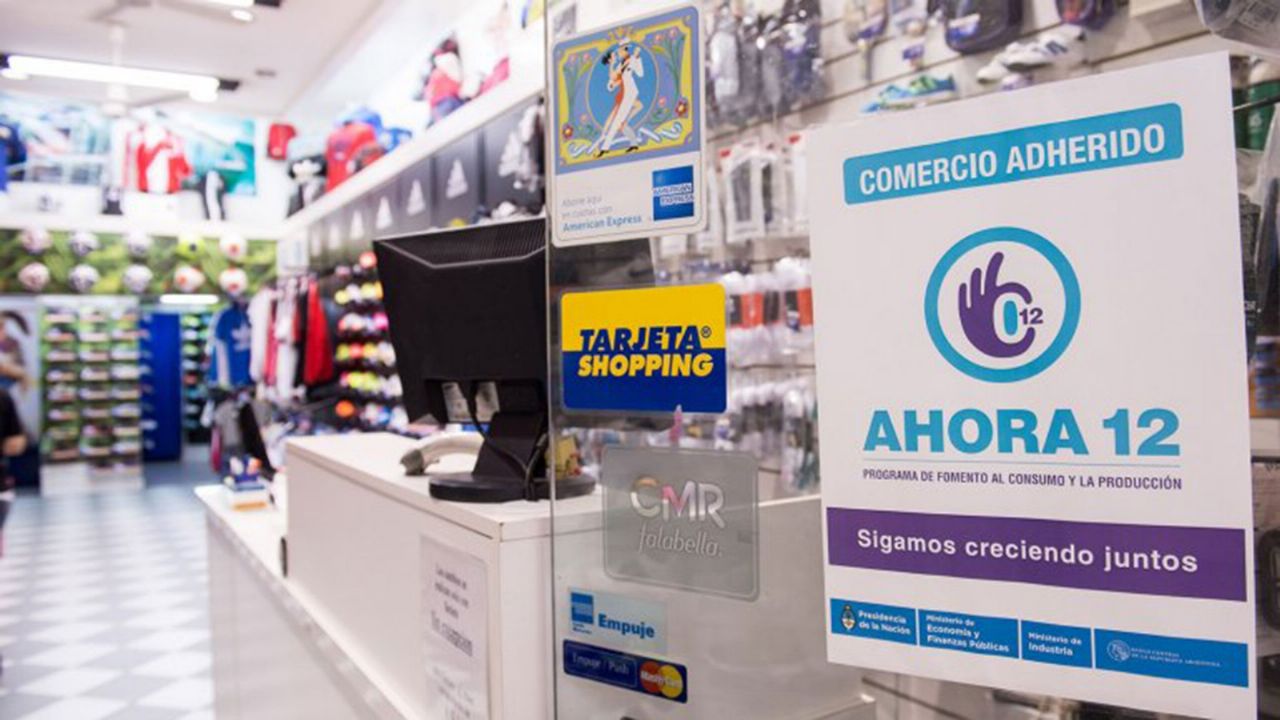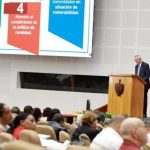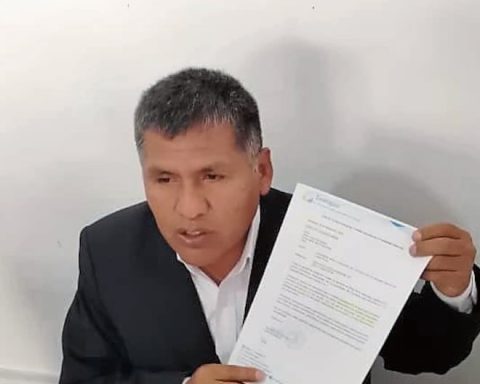The government program launched in 2014 during the term of Cristina Fernández de Kirchner, now 12which has the objective of financing the consumption of goods in different amounts of installments, such as 3, 6, 12, 18 and even one of the most recent versions, in up to 30 installments, exceeded one trillion pesos in sales during the year 2022 which constitutes a growth of transactions in almost all the districts of the country.
Regarding 2021, the various modalities of the program now 12 had increases to constant values of 4%, where 21 districts (of the 23 provinces plus the Autonomous City of Buenos Aires (CABA)) registered improvements even above year-on-year inflation, which stood at 94.8%. According to the consultancy Politikon Chaco, only in CABA, Chaco and Río Negro, sales in the government program they had rises below the Consumer Price Index (CPI).
When analyzing the now 12 For years prior to 2021, Politikon explained: “In relation to 2019, twenty-three jurisdictions present increases and only one has falls, which is Formosa (-16%), a province that led the ranking of increases in 2022, but was not enough to overcome to that of 2019”. On the other hand, they announced: “Tierra del Fuego is the province that exhibits the greatest real increase in 2022 compared to 2019 (114.5%).”
According to the consultant, the reason for such an abrupt increase is mainly due to two factors. First of all, the government program evolved, covering more itemss and new variations of the original plan, such as the aforementioned presentations in 3, 6, 18 and 30 installments. On the other hand, the advancement of the bancarization of citizens broadens the base population that accesses the program in question.

Where does the program come from?
The government plan launched by former president Cristina Fernández de Kirchner in 2014 was planned by the Ministry of Economy at that time. In order to encourage domestic consumption as well as employment, commerce and the national industry (the accessible products are of national industry or assembly), in the first 18 months sales were reached for at least 22,968 pesos with more than 12 millions of operations.

In this way, the successful plan, which in the beginning made the adhered businesses pay 10% financing instead of 26% and that the difference was absorbed by the banks, has reached our days with its different modalities. Whereas before access was allowed to white line products (appliances oriented to the kitchen and household cleaning), furniture, textiles and even motorcycles, today cell phones and televisions are also included, among other highly demanded items.
















